Your cart is currently empty!
Beyond Red: The Chinese Palette–Perfect Imperfections哥窑

Just like how John Legend’s All of me would have you believe, your perfect imperfection is deeply valued by ancient Chinese over 1000 years ago. And we have porcelain glazes from the imperial court of Song dynasty to prove it.
Greatly influenced by the school of Zen Buddhism under Mahayana Buddhism of Tang dynasty (7-10th Century), the Song (10-13th Century) aesthetics infused it with Taoism of its period and started the trend of wabi-sabi in its art, literature and of course, porcelain. This highly refined Chinese aesthetic went on to influence Japanese aesthetic sensibility profoundly as it embraced Zen Buddhism and Chinese tea-drinking practices and culture.


Chinese Minimalism and the love for imperfection
For those unfamiliar with the concept of Wabi-Sabi–essentially it was about the appreciation of the impermanence, asymmetry, humiliation and imperfection. These concepts are the opposite of the Western pursuit of symmetry, permanence, grandeur and perfection (of course this is a very sweeping statement, but generally that’s the rough idea).
If you’ve read my interview with artist/designer-artisan Lijing, you would be introduced slightly to the Chinese hierarchy of taste. One that is based on the taste of the scholars and literati and which has a strong Han Chinese sensibility and pursuit for the understated and the minimalist.
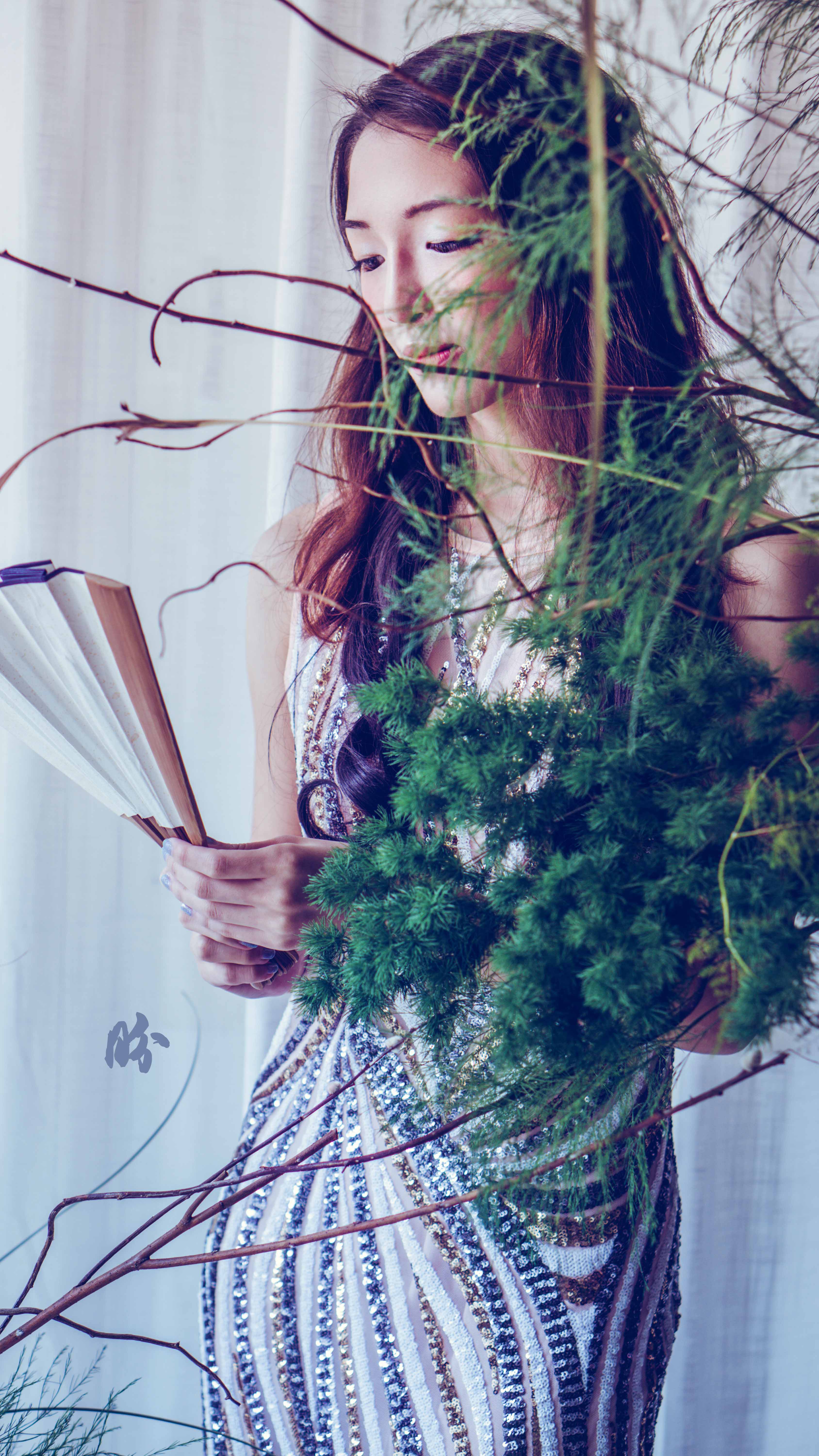
I’m sure the term Chinese minimalist is something that feels rather foreign to most people as we generally associate the Chinese culture with kitschy opulence and loud, excessive colours. But if you think about the traditional Chinese ink paintings, and how stylised and minimalist they are, then it might not seem so unrelated after all.
Such an aesthetic sensibility was not democratised and popularised amongst the average population in ancient/feudal Chinese societies as it requires a large amount of cultural capital. Access to those is strictly determined by your social hierarchy officially registered with the government (and hereditary). So essentially there’s no way a merchant class, however wealthy, would have the means or environment to be surrounded by a culture and people of that type/level, let alone the other poorer peasants. Since we mentioned hierarchies, the caste system is not unique to India, Chinese had it too, and it might surprise you to know that merchants are the lowest of the hierarchy (the opposite from modern society it seems!).
As such, it remained aloof and exclusive to the aristocrat and literatis of Han-Chinese culture in its early days. Then, with warfare and changing rulers, other aesthetic sensibilities overshadowed it.

侘び寂び
The term wabi-sabi is a uniquely Japanese term which pervades throughout its history and art forms. Although it was brought to Japan from China, there is no formal term for it today in Chinese and the Chinese now use the borrowed word 侘寂 (cha ji) instead. Perhaps the closest Chinese phrase I could think of would be 残缺美 or melancholy.
In the aspect of the love for an imperfect appearance, we could see it when the Chinese ladies of the Tang court painted scar-like shapes on their temples to look beautiful. And in the instance of the Song porcelains, the crackling effect was intentionally created in pursuit of this sense of beauty.
The difference between the Japanese and the Chinese understanding as expressed in their artforms would most likely be the difference in degree in which they pursue this sense of imperfection.

For the Chinese, the concept of balance and moderation is still the basis of its cultural philosophy. So when they create beautifully sculpted vases or containers, the compliment it with some crackling lines to display the balance between perfection and imperfection, and also to add greater interest and depth to it.
The Japanese seem to pursue this imperfection to a great extent and would intentionally create imperfect and raw-looking vases and containers to amplify this concept.
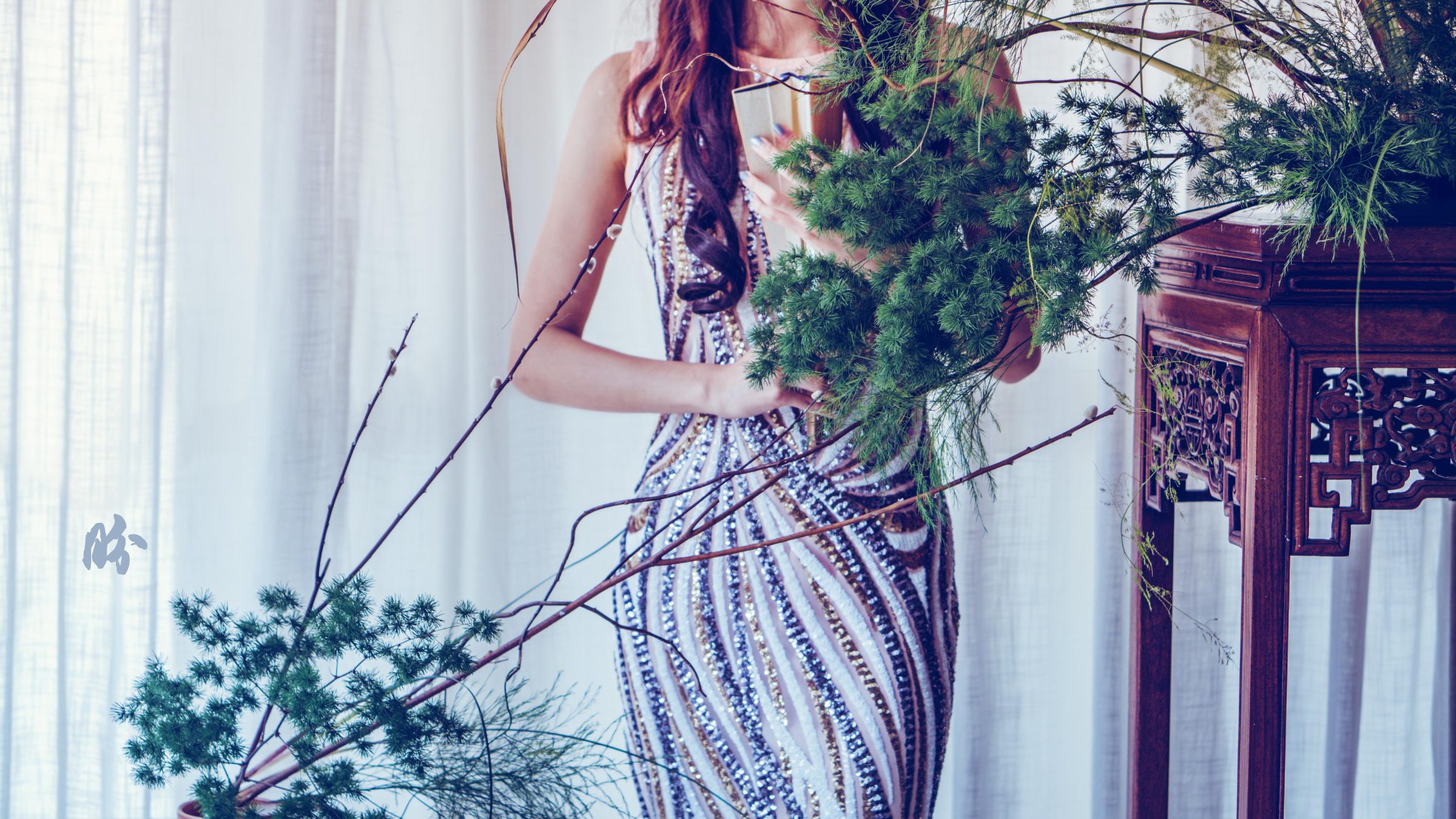
This palette is full of earthy tones, and interweaving linework.
While many of the other porcelain glazes of the period had intentionally created crackling lines, the Gare ware took it to the next level of having dark/black crackling details that emphasised the imperfection even more.
The Ge Ware AKA The Elder Brother porcelain ware story
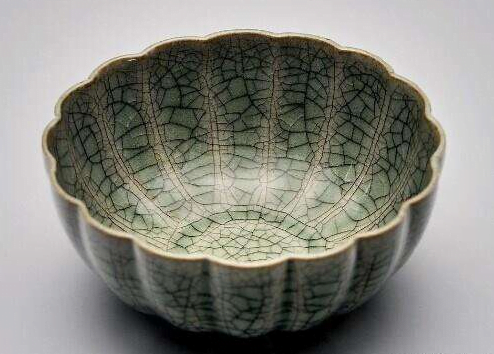
The story of Ge Ware is basically a familiar one about sibling rivalry. There were actually two kilns, one by the elder brother called Ge Kiln (which means elder brother kiln) and another by the younger brother called Di Kiln (which means younger brother kiln) or Long Quan kiln (based on the location of the kiln).
The elder brother was the hardworking one, and produced really premium porcelain. The emperor heard about his work and made an order. Obviously, the younger brother was unhappy with the praises that his elder brother has been receiving and wanted to sabotage his brother for this critical order from the emperor.

One day, the elder brother had to run some urgent errand and asked the younger brother to take care of the kiln for him. It was a golden opportunity for the younger brother to sabotage the WIP porcelains of the elder brother, and he did just that. When the elder brother returned, he opened up the kiln and was shocked to find that the otherwise perfectly smooth glaze of the porcelains had millions of cracks appearing.

He didn’t know what to do, but like any good Chinese man, decided to have a cup of tea while he regains his composure using the ‘ruined’ porcelain cups. When he did so, he realised that the tea has stained the cracks into brown lines, and then he dapped some Chinese ink on it which formed the black lines.
He brought them to the market to see if anyone would like them, and some literati walked by, and gave it really high praise, willing to pay high price for these bowls. Encouraged by the validations of the gentlemen/literati, he sent these to the emperor. The ware was very well received by the empror and this highly unlikely but nevertheless accept tale became the “Founding” tale of Ge ware.
As expected, the Chinese literati also gave those black and brown cracklines a very poetic name–Golden silk-threads and silver strings 金丝银线.

In a way, isn’t that what we love about mosaic artworks? That fragile balance between the is and isn’t, the positive and negative space, and that sense of peek-a-boo.
Like John Legend being in love with the perfect imperfections, this has been a forgotten but very much indigenously Chinese aesthetic concept. Cracks on the surface, like stretch marks (in today’s Dove-advert context), were meant to be unique prints of an object. Viewers who appreciate these unique marks were deemed to be more sophisticated and therefore more worthy of befriending by the literati (I concur) as they saw beyond the superficial perfection and understood the uniqueness and depth of an object.
I came across an elegant English quote that beautifully expresses the abstract idea of the attractiveness in such imperfection.
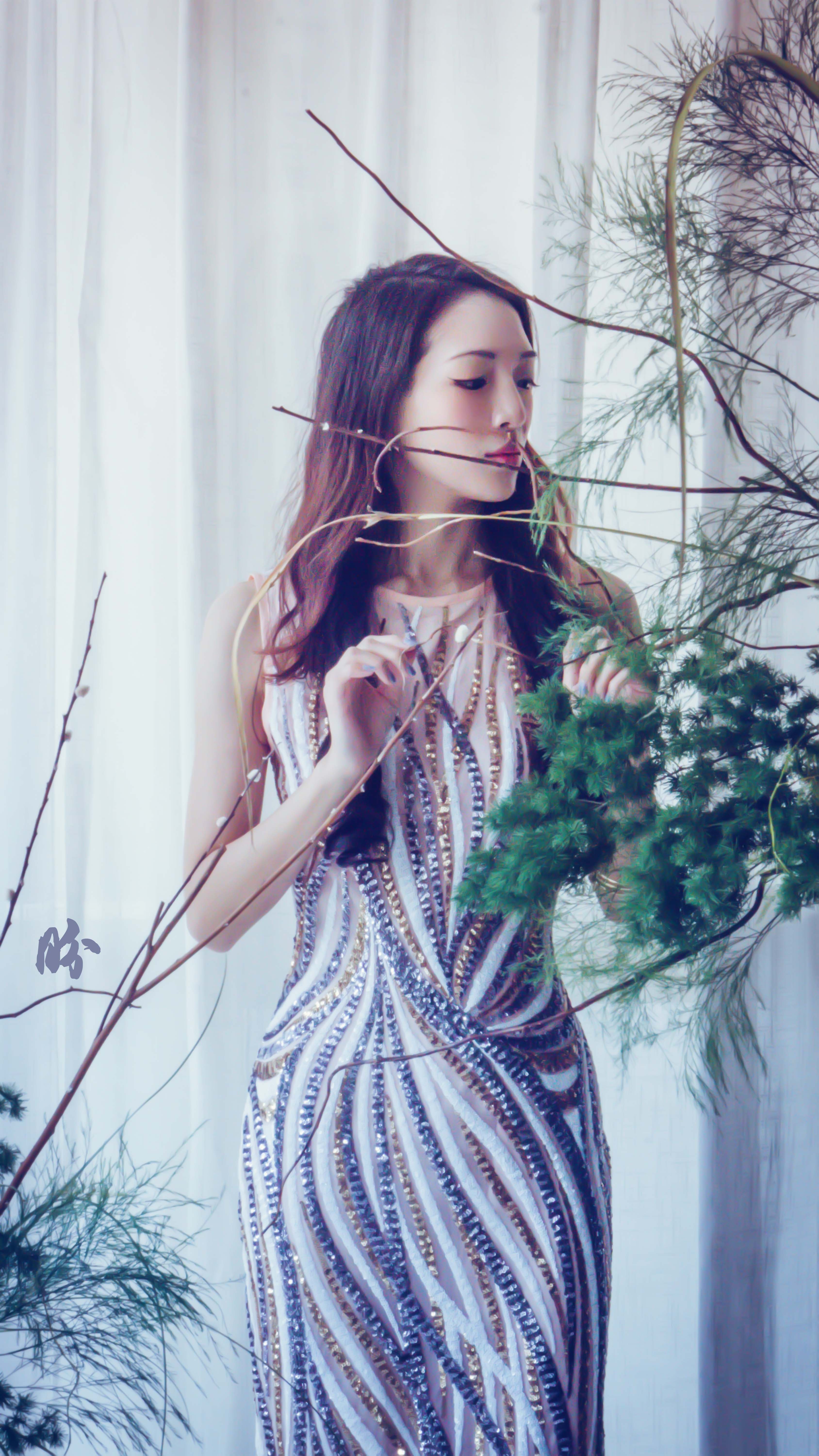
“At the beginning and end of time, Truth was a beautiful glowing orb. One day, the orb was shattered into shards that outnumbered the stars in the universe by one to infinity. These shards became souls. Thus it is that each soul represented one part of Truth. But Life intervened, and many souls believed that they were Truth, and so Hatred was bred. But some souls held onto the memory, and attempted to remind the souls who’ve forgotten.
I do not know the end of the story as it is yet to be written. But I do know that when all the souls are reunited, the space between the shards would be where the light shines through. And that Truth’s beauty would then take another form.”
Flower Styling
When Jon conceptualised the floral styling of this set, he was greatly influenced by his ikebana training (which has Buddhism origin as well). He wanted to create a composition that has interweaving of lines, positive and negative space, and a play on simplicity in complexity. So a fair bit of branch work was added into this simple arrangement to add greater layer and complexity.
We wanted to create a new East Asian aesthetic for weddings, which isn’t too over the top as what people have stereotyped/orientalised it to be. East Asian floristy often features leaves, trees, branches and lines more than flowers per se.
Tea Pairing
Since the story revolves around how tea made a difference in the success of Ge ware, naturally it’s time to introduce the tea pairing for this set!
Lishan oolong or Dong Ding
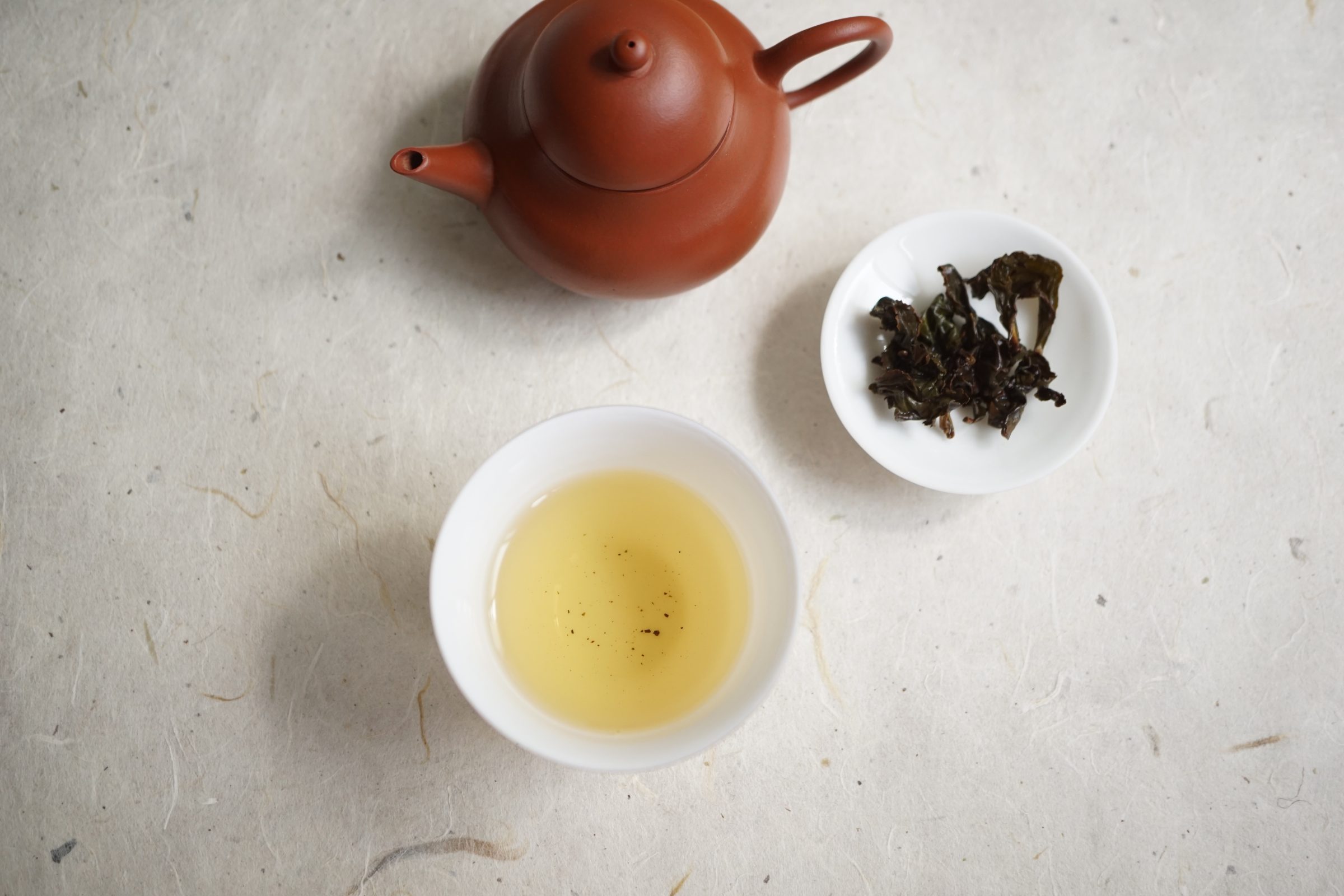
On the surface, oolong may seem like a relatively simple class of tea, when in actual fact it requires the most tedious and complex processing methods. Within oolong there are plenty of regional and stylistic differences, but they are most appreciated for their outstanding bouquet and breadth of flavours. Wares of the Ge kiln, both in their simplicity and complexity as well as its range of varying colours and expressions, work up in us a thirst for Lishan or Dong Ding, teas that are enjoyed for their floral/fruity nuances or deeper mellower characters.
Credits/Acknowledgement:
Flowers and styling by @blancstudios.co
Model styling and photography by @hanfugirl
Tea recommendation by Kenny from Teatle-Tattle

Leave a Reply